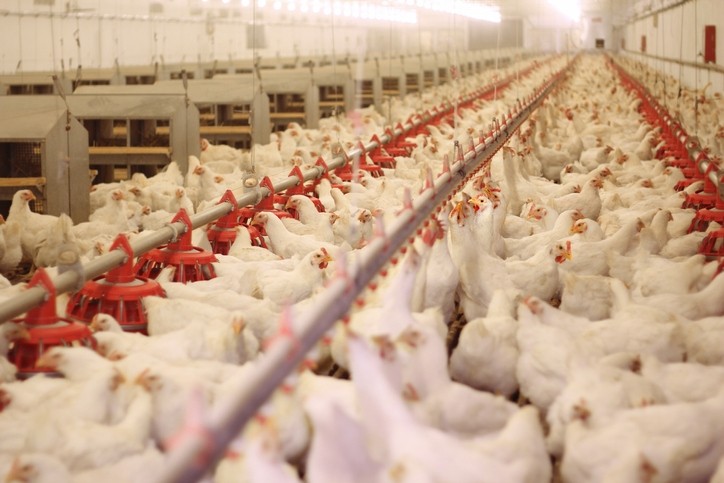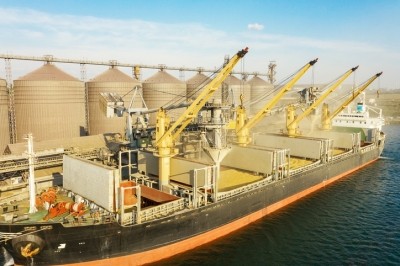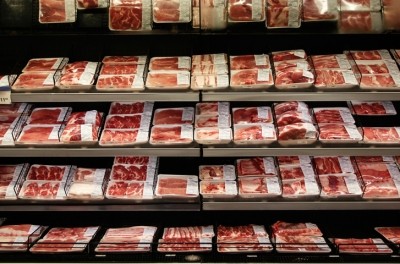Chicken producers told to focus on cost reduction via feed formulation as price volatility endures

However, along with the very high and volatile feed prices, the bank’s poultry report notes the industry is facing a raft of major challenges: COVID-19-related market disruption, avian influenza (AI) in the northern hemisphere, and volatility coming from a bumpy recovery in countries affected by African swine fever (ASF).
Global grain and oilseed prices increased further in Q1 2021, driven by La Niña-upended weather in key producing countries and an unprecedented and long-lasting import demand generated from China, said the team. This is problematic for chicken producers, as feed represents 60% to 70% of the cost of production, they noted.
The analysts expect ongoing high prices during 2021, but slightly down from the current Q1 2021 level.
“Key for producers in 1H 2021 will be to have a very disciplined supply growth, a focus on cost reduction via procurement, production efficiency, and feed formulation, as well as being prepared for big swings in demand driven by Covid-19-related government decisions,” said Nan-Dirk Mulder, senior analyst, animal protein, Rabobank.
Some countries who have been disciplined under these challenging conditions have seen significant improving market conditions, for example the US, Mexico, Russia, and Japan. Others, however, still face oversupply, such as the EU, South Africa, and Thailand, he said.
“As we expect more control over Covid-19 in 2H, poultry markets are expected to gradually recover, with local producers especially seeing the benefits. Global traders will also gradually benefit when foodservice reopens and stock levels fall.”
On average, he noted, 35% of global poultry consumption is via foodservice.
ASF influence
The Rabobank report also outlined how ASF’s impacts on pork production have an ongoing impact on poultry, regionally and globally. The two countries in Asia most affected by ASF, China and Vietnam, are both in recovery mode, with China expected to increase pork production by 8% to 10% this year and Vietnam by 8% to 12%. This recovery mode could impact local poultry producers and global trade.
“China’s lower-than-expected pork production in Q1 2021 and low chicken production levels supported a chicken price recovery in Q1, but we think that the ongoing expansion of pork, together with further growth of chicken production, will deflate prices later this year. This will also impact import volumes in China,” explains Mulder.
Regarding avian influenza (AI), Japan, South Korea, Russia, the EU, and the UK have been heavily impacted, said the team. This is already leading to relatively short supplies in South Korea, Japan, and Russia, while it also pushes producers in the EU to place fewer birds, damaging local businesses in these countries.
From a market perspective, it has led to some upside pressure on prices. Beside the impact on local supply, AI also disrupts global trade in poultry meat, DOC, and hatching eggs. This is especially the case for restrictions put on key exporters from Europe, like Netherlands, Poland, France, and the UK.
Further down the year, this context might lead to price rallies in several regions if disrupted supply chains with high feed prices cannot adequately follow recovering markets. This is already happening in Russia, South Korea, and the Philippines, where governments have started to intervene to curb price inflation worries. It might also occur in other markets and is certainly a concern in developing countries, according to Rabobank.












